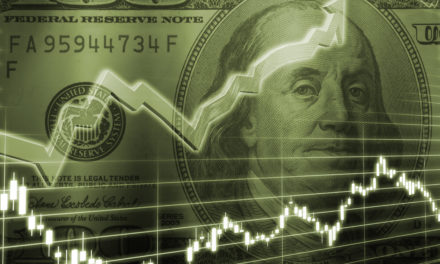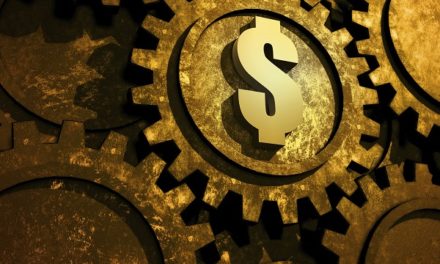
“I buy on the assumption that they could close the market the next day and not reopen it for five years.”
— Warren Buffett
One of the most important things investors can learn from Warren Buffett, is about how they approach their time horizon for an investment into a stock under consideration. Because immediately after buying shares of a given stock, investors will then be able to check on the day-to-day (and even minute-by-minute) market value. Some days the stock market will be up, other days down. These daily fluctuations can often distract from the long-term view. Today, we look at the result of a five year holding period for an investor who was considering PepsiCo Inc (NASD: PEP) back in 2017, bought the stock, ignored the market’s ups and downs, and simply held through to today.
| Start date: | 09/13/2017 |
|
|||
| End date: | 09/12/2022 | ||||
| Start price/share: | $114.45 | ||||
| End price/share: | $173.90 | ||||
| Starting shares: | 87.37 | ||||
| Ending shares: | 101.16 | ||||
| Dividends reinvested/share: | $19.83 | ||||
| Total return: | 75.93% | ||||
| Average annual return: | 11.96% | ||||
| Starting investment: | $10,000.00 | ||||
| Ending investment: | $17,591.97 | ||||
As shown above, the five year investment result worked out quite well, with an annualized rate of return of 11.96%. This would have turned a $10K investment made 5 years ago into $17,591.97 today (as of 09/12/2022). On a total return basis, that’s a result of 75.93% (something to think about: how might PEP shares perform over the next 5 years?). [These numbers were computed with the Dividend Channel DRIP Returns Calculator.]
Beyond share price change, another component of PEP’s total return these past 5 years has been the payment by PepsiCo Inc of $19.83/share in dividends to shareholders. Automatic reinvestment of dividends can be a wonderful way to compound returns, and for the above calculations we presume that dividends are reinvested into additional shares of stock. (For the purpose of these calcuations, the closing price on ex-date is used).
Based upon the most recent annualized dividend rate of 4.6/share, we calculate that PEP has a current yield of approximately 2.65%. Another interesting datapoint we can examine is ‘yield on cost’ — in other words, we can express the current annualized dividend of 4.6 against the original $114.45/share purchase price. This works out to a yield on cost of 2.32%.
Here’s one more great investment quote before you go:
“As in roulette, same is true of the stock trader, who will find that the expense of trading weights the dice heavily against him.” — Benjamin Graham




